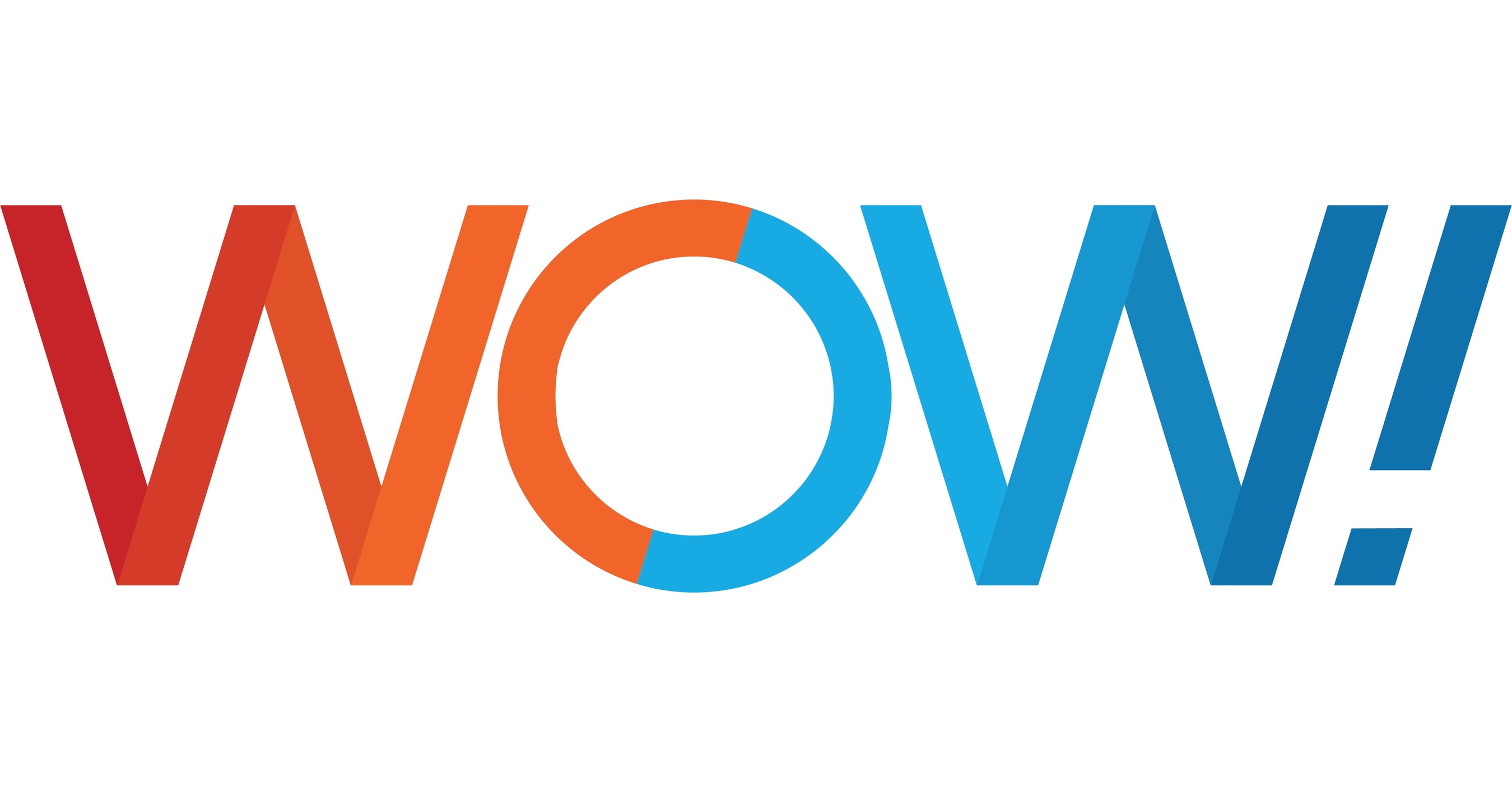WideOpenWest Talks About Buying, Selling and Building
CFO says M&A options look better as valuations rise; focus will remain on broadband

WideOpenWest chief financial officer John Rego told an industry audience that the overbuilder is open to being a buyer or seller of systems, especially as deal multiples have risen in the past year, but added that the company will most likely remain focused on growing its broadband business and building out its network.
Speaking at the virtual Credit Suisse Conference Tuesday, Rego pointed to two recent deals -- Astound Broadband’s sale to Stonepeak Infrastructure Partners for $8.1 billion and Cable One’s purchase of Hargray Communications for $2.2 billion. He added the forward-looking cash flow multiples for those deals -- 12.5 times for both transactions -- highlight the success of the broadband business.
“Valuations have stepped up rather nicely,” Rego said, adding that the Astound deal was made when WOW’s stock was trading at about 5.5 times cash flow, and the Cable One deal when WOW’s multiple was around 8.5 times.
“If we wanted to think about deleveraging quicker [and] faster, we could think about selling a market or two of the 19 that we have,” Rego said. “We’ve done this before. We’ve bought them and we’ve sold them.”
WOW has about 859,200 voice, video and data customers in 19 markets in 10 states in the Midwest and Southeast. The company’s current leverage ratio is about 5 times cash flow -- down from 5.5 times about a year ago. Rego said the company is on the path to tick down its leverage below 5 times this year.
“We’re a public company. Essentially we’re for sale every day. You can buy one share of stock or you could buy all of the shares of stock,” he continued, adding that a merger with a larger company is “always on the table” as well.
But for now it appears that WOW will focus on growing its broadband rolls, as well as rolling out its IP network.
The smarter way to stay on top of the multichannel video marketplace. Sign up below.
“A real goal for the company is to get all of our services on the IP network,” Rego said. “That opens up a lot of possibilities for us going forward. Look for us to get that done in the next couple of years.”
Rego also reiterated his guesstimate that WideOpenWest could have fewer than 100,000 video customers in the next three years. Rego first made that prediction in February, during the company’s Q4 earnings call. As of Q1, WOW has 290,900 video customers and 823,800 high-speed data subscribers.
At the Credit Suisse conference, Rego said only 36% of WOW subscribers have video, while 96% have the data service. He added that in 2019, WOW lost about 32,000 video customers, more than doubling to a loss of 65,000 video subscribers in 2020.
“Just following that math along it’s very easy to see how we get to sub-100,000 [video customers] in the next couple of years,” Rego said.
On the flip side, broadband subscriber growth has been strong, WOW added 23,700 high-speed data customers in 2019 and 32,300 in 2020, up 36% and a new record for the company. In the first quarter of this year, broadband subscribers rose by about 10,000.
Also at the Credit Suisse conference, WOW CEO Teresa Elder said broadband growth has been strong during the pandemic as customers opted for higher speeds and bought products like its WiFi mesh offering for whole-home WiFi. She added that self-install kits for broadband also helped drive sales. At the beginning of 2020, only about 30% of broadband customers took advantage of self-install. By the end of the year that number rose to 80%, she said.
Operators across the country have shifted their focus to broadband over the past few years, following Cable One which first adopted a broadband-first stance in 2013. The prevailing wisdom is that with costs rising for content, operators are better off focusing on broadband and its much higher margins.
Rego estimated that WOW’s gross margins for broadband are about 97%, while gross margins for video are “sub-20%.”
While video margins have been an issue with cable operators for years, particularly around the high cost of content, Rego pointed out that TV service has some less obvious costs too.
Also Read: MVPDs Find Margins of Victory in Broadband
“TV disproportionately drives more cost into opex than does its counterpart HSD,” Rego said, adding that video service related calls to customer care centers are generally longer and 20% of the time require an additional truck roll. HSD service problems, he said, can mostly be solved by the customer. Video also disproportionately drives capital expenditures through truck rolls, higher-cost CPE and more expensive maintenance at the headend.
WOW’s emphasis on broadband is showing up on the revenue line. In Q1, 53% of the company’s revenue was driven by HSD. If video subscribers fall below 100,000, broadband would account for 80% of revenue.
“We could get to a point where we could have topline revenue not dissimilar from where we are now, but 80% of it is driven by HSD,” Rego said. "That's broadband first at its finest. That's a game changer."
Mike Farrell is senior content producer, finance for Multichannel News/B+C, covering finance, operations and M&A at cable operators and networks across the industry. He joined Multichannel News in September 1998 and has written about major deals and top players in the business ever since. He also writes the On The Money blog, offering deeper dives into a wide variety of topics including, retransmission consent, regional sports networks,and streaming video. In 2015 he won the Jesse H. Neal Award for Best Profile, an in-depth look at the Syfy Network’s Sharknado franchise and its impact on the industry.

